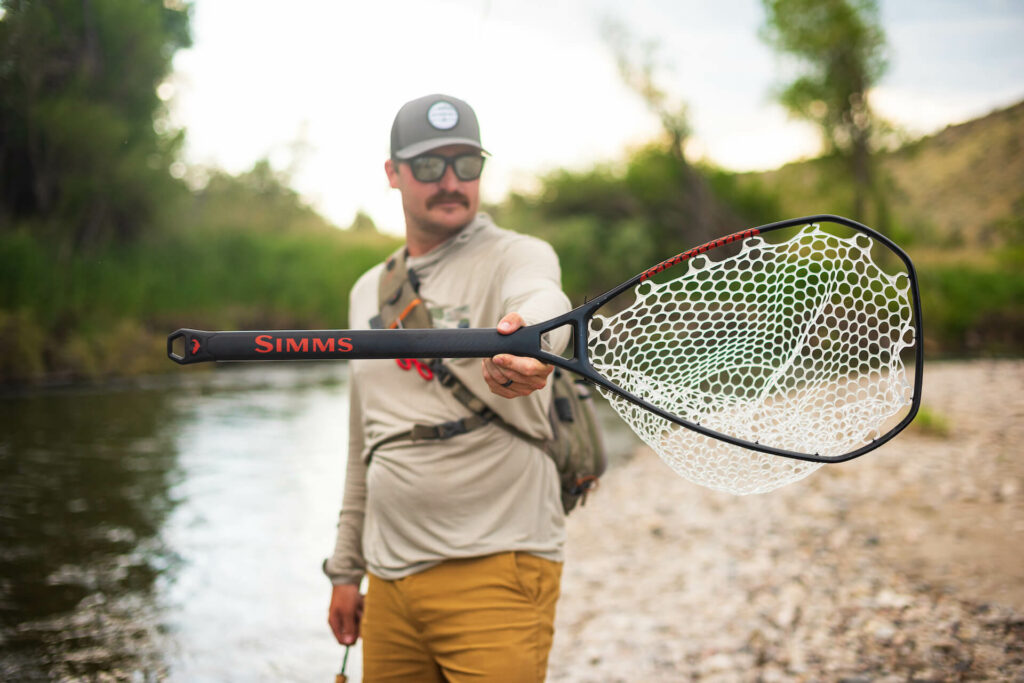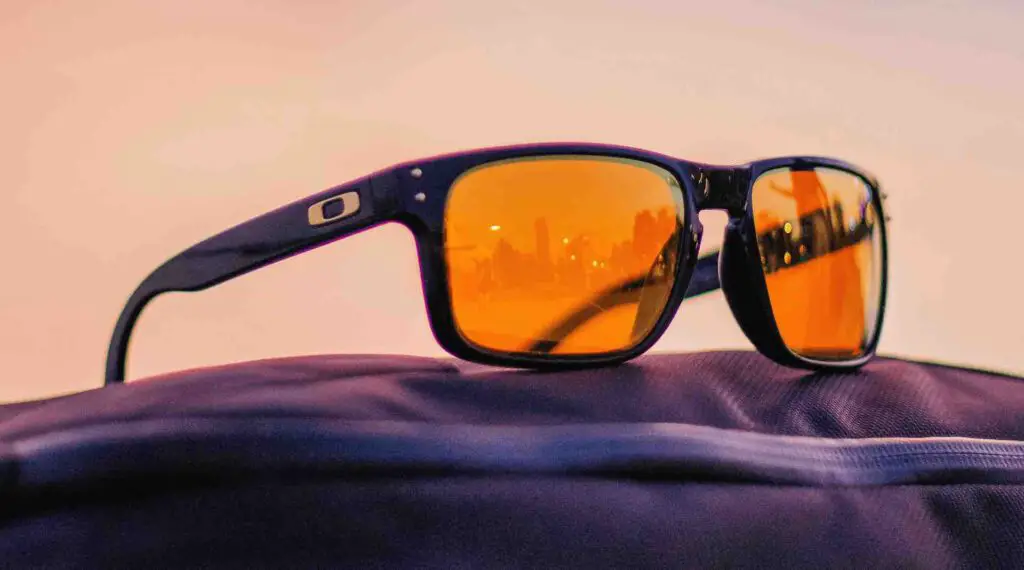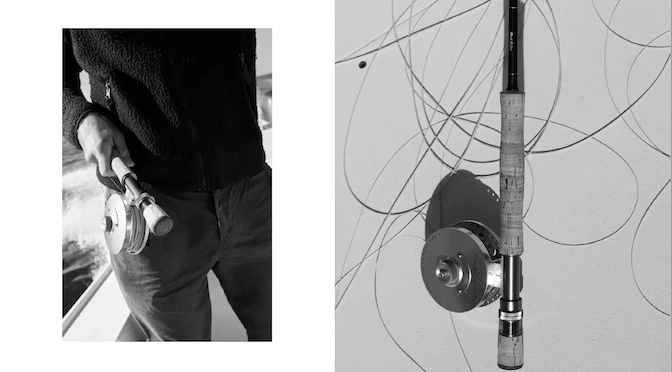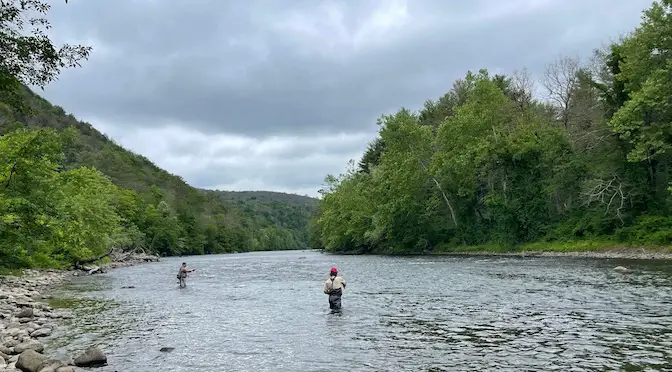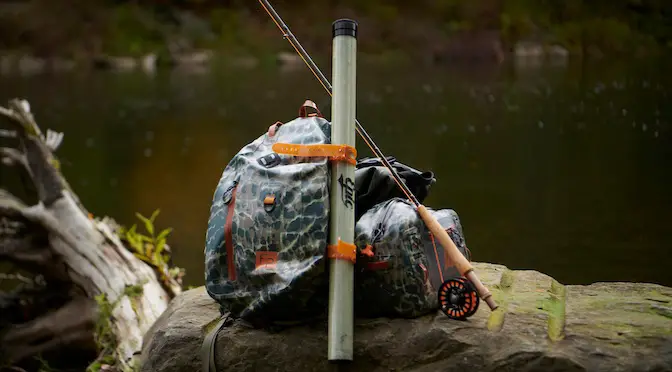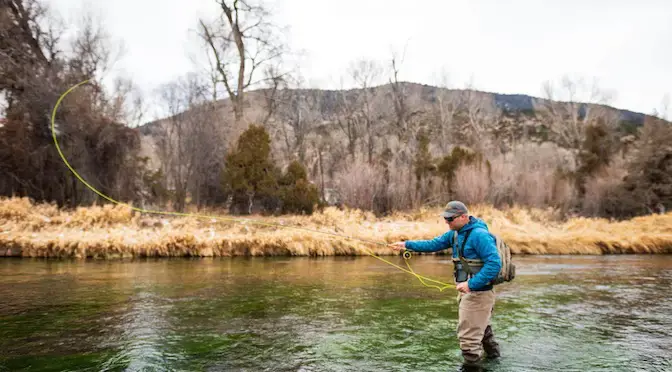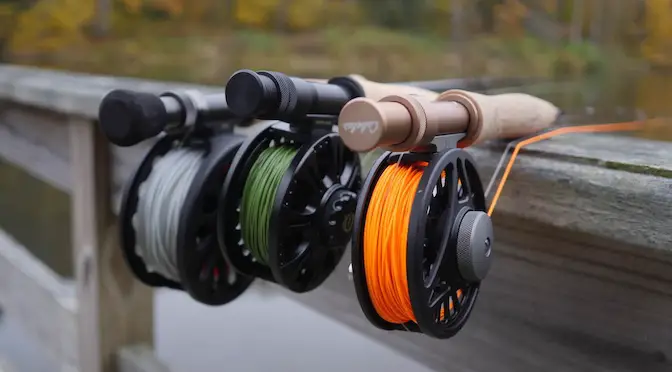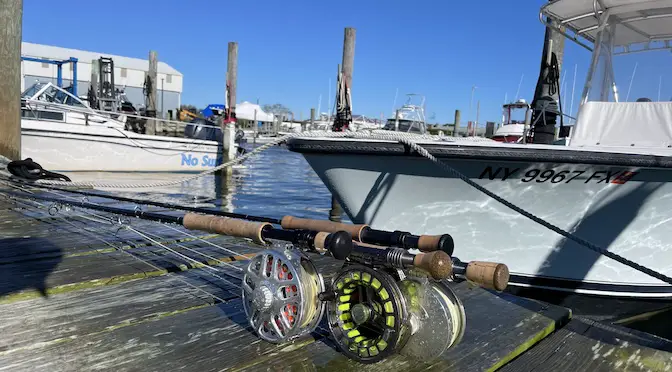- Understanding Fly Lines: The Heartbeat of Fly Fishing - April 23, 2024
- The Basics of Fly Fishing Etiquette - April 22, 2024
- Fly Fishing Gear Essentials: What You Need to Start - April 18, 2024
One can never overemphasize the importance of the right colors when it comes to fishing sunglasses.
It doesn’t matter whether you’re a habitual fisher or an experienced angler, if you want to catch fish fast and effectively, you’ll need an edge. This is why the right pair of sunglasses is considered a must-have accessory for a productive and fun fishing trip. You need to understand how to choose the right lens color to more easily spot the fish beneath the subsurface of the water, you need to be able to see the surroundings as clearly as possible.
While anglers know the best fishing spots and where to cast the line, the most difficult challenge they need to deal with is spotting the fish in the irritating glare of the sun reflecting off the water. No simple task if you aren’t equipped with the appropriate sunglasses. However, while it’s important to pack a pair of high-quality fishing sunglasses, it’s equally vital to choose the right lens color, and that’s exactly what we’re going to talk about in this article.
A Breakdown of the Different Lens Colors For Different Fishing Situations
Grey or Brown (Best Allrounder Colors)
If you’re planning to fish in varying environments, grey lenses are going to come in pretty handy. First of all, grey lenses can provide you additional UV protection, and if the lenses are polarized, you’ll also be protected from the glare of the sun.
Plus, grey lenses are purposely designed not to offer any significant contrast. This means that the tint will provide you with excellent, true-color visibility rather than modify your color perception. So, if you want to comfortably fish without experiencing eye strain and want to see the actual colors of your surroundings, grey lenses are the way to go.
Brown lenses, on the other hand, are excellent for sight fishing, which is where you hunt fish by tracking their movement and studying their environment. Brown glass lenses offer a high degree of contrast, optimizing your color perception, enabling you to identify different colors in shallow or flat water, and can also be used to fish in cloudy weather.
Blue or Green (Best for Fishing in Bright Conditions)
To enjoy fishing on a bright and sunny day, there’s nothing better than blue or green lenses. If polarized, green tints substantially minimize glare, protecting your eyes from UV damage and eye strain quite impressively while enhancing your overall color contrast.
But perhaps one of the best advantages of using green lenses is the fact that they’re going to help you spot fish in brown or muddy waters. And we all know how difficult it is to see fish in murky water, especially if the fish is camouflaged and is constantly on the move. Green lenses quite effortlessly modify your sense of color perception, enabling you to spot species of varying colors without having to focus too much.
However, when it comes to fishing during a sunny day and in crystal clear waters, blue lenses are going to give an added edge. It’s safe to say that polarized blue lenses are just as good at protecting your eyes from glare and UV damage as grey lenses are (if not more). They can also help you spot fish through dense water layers and work spectacularly well in slightly misty or foggy situations. They’re designed for good color-matching, which means you won’t have to bother taking them off to get a better perception of the color and contrast of the water.
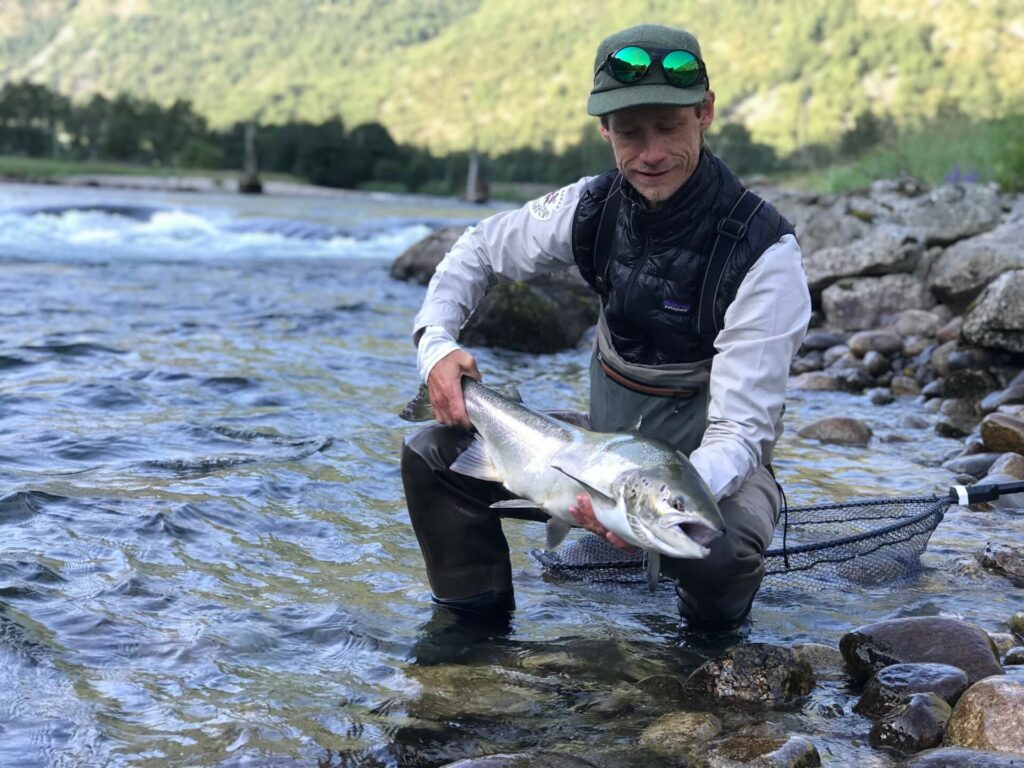
Yellow/Red/Rose (Best for Low Light Conditions)
Lens colors such as yellow, red, and rose are excellent for anglers who prefer to fish at dawn or dust. They’re ideal for low light conditions because they’re designed to minimize the effect of blue light and help brighten your surroundings with little ambient or natural light. So, if you prefer to fish way early in the morning or sometime during or after the sunset, you should get your hands on either yellow, rose, or red lenses.
Moreover, these colors are also great for fishing on particularly cloudy or stormy days. While this can be the perfect situation to fish in, anglers are quite well aware that the low-light conditions are going to make it a challenge. Wearing a pair of fishing sunglasses with yellow or red polarized lenses is going to help convert that challenge into an opportunity.
Glass vs. Plastic Lenses: Pros and Cons
Now that you know how important choosing the right lens colors can be, the next step is to understand some pros and cons of investing in glass or plastic lenses.
Pros of Glass Lenses
– Polarized mineral glass is designed to be durable, scratch-resistant, and is made with relatively tougher materials.
– In terms of optical performance and quality, glass is superior to plastic. Glass lenses offer higher contrast color perception and visual acuity.
– Glass lenses can be far thinner and sleeker than plastic lenses, giving you a better overall look and feel.
Cons
– In terms of durability, glass isn’t the best option. No matter how careful you are while fishing, if you drop your sunglasses on a hard surface, chances are, they’ll crack or completely shatter.
– Glass lenses are generally more expensive than plastic lenses. Plus, you may have to pay a bit more if you go for polarized and tinted lenses.
– Glass lenses tend to be a little heavier than plastic frames
Pros of Plastic Lenses

– Plastic lenses are far more flexible and versatile, which means they can be fitted into a variety of frames.
– They’re available in a variety of colors, shapes, and sizes. Not to mention, you can find different types of polarized plastic fishing sunglasses.
– They’re more affordable compared to glass lenses.
– Plastic lenses are far more durable. You won’t have to worry about cracking or breaking the lenses should you accidentally drop your sunglasses.
Cons
– Compared to glass lenses, plastic sunglasses offer less optical acuity.
– They’re not scratch-resistant and are susceptible to wear and tear damage. You’ll need to take extra care of them.
Bottom Line

In all, choosing a lens color that suits your style of fishing can give you an added advantage, maximizing your capability to look for fish easily. And while no one color is perfect for all fishing conditions, it is hoped that you’re now equipped with the knowledge to make a better decision.
FAQs: Lens Color Fishing Sunglasses
What lens color is great for sight fishing?
Brown. These lenses can help enhance your depth perception, enabling you to fish more clearly in muddy waters
Are green lenses better for fishing?
Green lenses are excellent for fishing in low light conditions, providing anglers with better contrast, and helping them spot fish more easily.
What’s the best color for fishing in bright conditions?
When you’re out on the open water on a bright and shiny day, blue lenses are tough to beat. Another solid option for these conditions are green lenses
What’s the best allrounder lens color in fishing sunglasses?
If you’re only gonna get one pair of fishing sunglasses go for grey lenses as these work well in various fishing situations.

